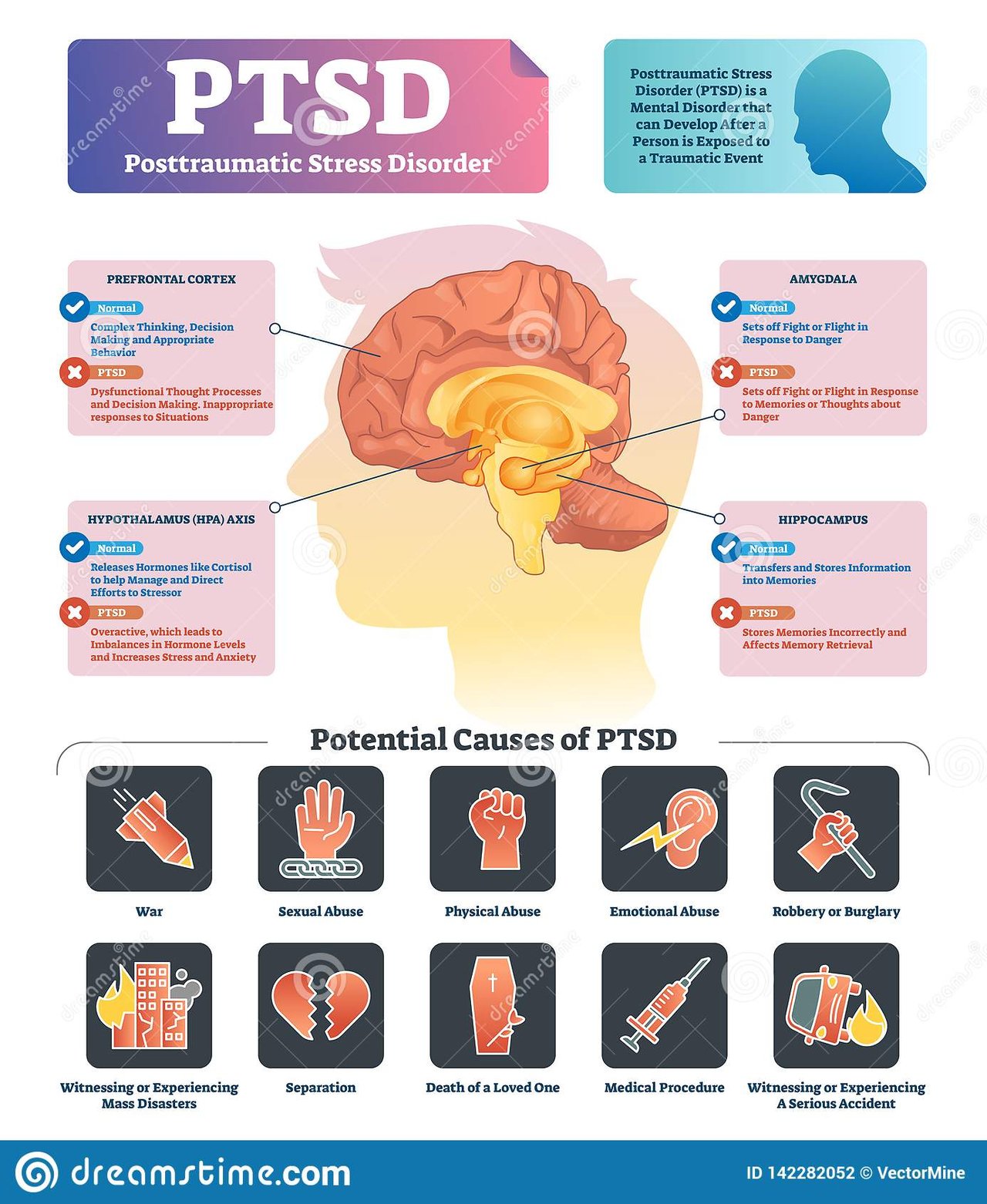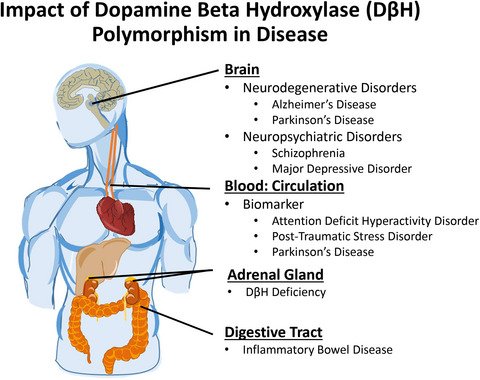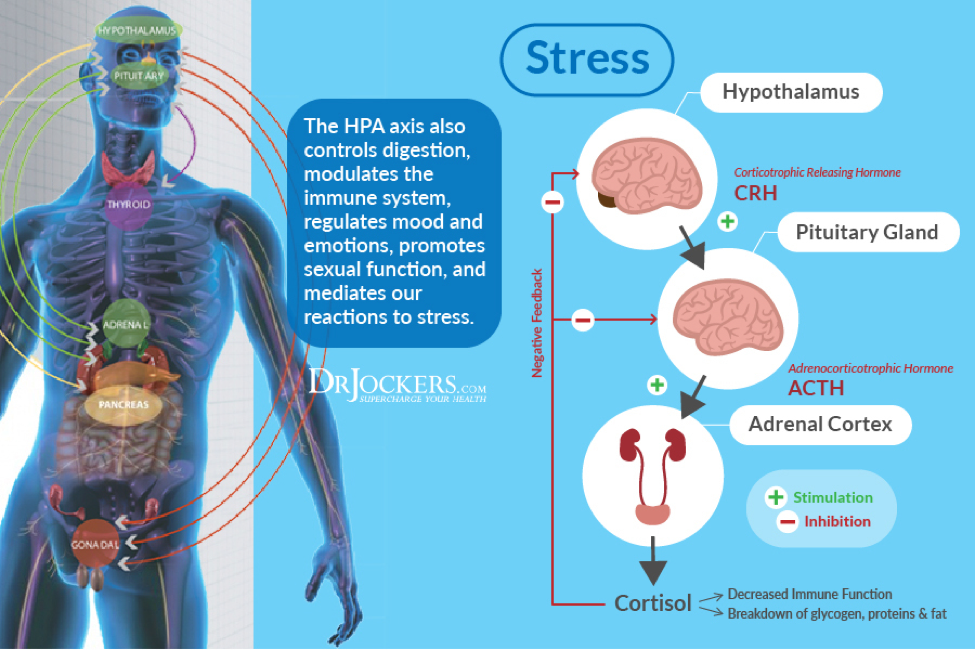Understanding how PTSD was affecting my brain.

Source
This post is a continuation of my journey to Neurofeedback therapy
A lot is being learned about PTSD and how it affects key brain structures and biological systems within the brain. The common perception by the general public is that only Soldiers returning from combat has such a condition. Now PTSD is considered to affect more than just combat veterans and also cause physical damage to the brain. I will attempt to personalize my experience learning about how PTSD was ultimately my biggest foe in my overall health battle and my new emerging head problems as a 36 year old adult.
I will start with my thought pattern and frequencies associated with PTSD.
Beta
Beta waves (12-30 Hz) represent our normal waking state of consciousness when attention is directed at cognitive tasks and the outside world. Beta is ‘fast wave‘ activity and dominated when we are alert, attentive and engages in problem-solving, decision making and focussed mental activity.
Low beta or so-called Sensorimotor Rhythm (SMR) (12-15 Hz) is thought to be ‘fast idle’, or musing thought. It is reflecting mental alertness, physical relaxation and closely related to readiness for action and attentive listening.
Beta (15-20 Hz)*** **reflects high-engagement and actively figuring things out, thinking, focusing, sustained attention, tension, alertness, excitement.
High Beta (20-30 Hz) is highly complex thought, integrating new experiences, high anxiety or excitement. Continual high-frequency processing is not an efficient way to run our brains, and can result in tension and difficulties relaxing, and if present at night, can result in difficulties settling the mind and falling asleep.
Beta waves tend to dominate in the left hemisphere, and too much beta on the right can be correlated with mania.
The brain produces consistently higher magnitudes of beta waves when the brain is externally focused, alert, involved in critical reasoning, thought and concentration. Beta represents the fastest processing speed and when the brain is well regulated, it produces more beta waves on the left than on the right side.
While Beta brain waves are important for effective functioning throughout the day, they also can translate into stress, anxiety, and restlessness.
Source
Despite my concerns with all the head hits and concussions from playing American Football from 8th grade - 12 grade, my recent Complex PTSD diagnosis did start to make sense as I tried to better understand my new diagnosis and the new modern day understanding of how such a condition as PTSD can biologically affect internal biological mechanisms within the human brain. Honestly, it all did make sense.
The head hits and concussions from playing American Football only made the understanding of my condition extremely complex. Complex PTSD is a unique condition aside from just PTSD. Typically, a person with Complex PTSD has a more ridged High Beta thought patterns from either child traumas that are misdiagnosed early on, treated unsuccessfully, neglected in Soldiers returning from combat by their own government health services, just to give a few examples. With PTSD a person is in Fight or Flight thought pattern, this pattern causes excessive dopamine release. The human brain is only capable of releasing so much dopamine without having 'metabolized' it. Without the brain being to process and move dopamine away from the brain, the dopamine builds up and causes physical brain damage.
The reward system is now understood to rely on the functioning of neural structures, circuits, and neurotransmitters including dopamine, serotonin, and norepinephrine. In a properly functioning reward system, the anticipation or acquisition of a reward will catalyze a cascade of events, eventuating in the release of dopamine, which travels along the dopaminergic pathways26–30 to critical structures (the cerebral cortex, striatum, and pituitary gland).29,31–33 Dopamine is involved in signaling reward prediction error and creating incentive salience, therefore motivating and reinforcing behavior.29,33–...
Source
After my visits previously with my Neuro Chiropractor, I was told by him that my left prefrontal cortex was not operating properly. He used all this fancy equipment to determine this. He wouldn't say exactly why or what lead him to this conclusion. You see, he said I didn't have brain damage but rather key connections got weak in that area of the brain due to trauma. He suggested brain stimulation would repair these connections. However, he also said that these connections were responsible for my brain malfunction as they were connected deep inside my brain to key structures responsible for balance, body control over teeth clinching/tremors, sleep and even these new smeary colors in my peripherals; just to name few symptoms I was having. In summary I was experiencing classic HPA Axis dysfunction associated with childhood traumas and PTSD... possibly CTE/Head Traumas too, though he made it very clear my traumas as an 11 year old and on was most likely more impactful on my head health than my head traumas.
What Causes HPA Axis Dysfunction?
The HPA axis works best for those brief, acute stresses such as the tiger chasing you, or the modern equivalent. The axis fires up, you benefit from the extra energy the hormones provide, and then you return to baseline. However, acute stress isn’t the type of stress most of us face these days. Chronic stress causing almost constant firing of the HPA axis is what leads to HPA axis dysfunction.
Source
In contrast, posttraumatic stress disorder (PTSD) is characterized by intense memories in which patients re-experience their traumatic experiences [15]. Furthermore, borderline personality disorder (BPD) is also characterized by neuropsychological disturbances [16], but comorbid axis I disorders might contribute to the clinical picture and perhaps explain some of the observed neuropsychological deficits [17]. HPA axis dysregulations are not only a correlate of the these mental disorders but also predict symptom development [18, 19], treatment resistance [20], and risk for suicide [21], which points to the importance of hormonal stress-regulation systems in psychopathology...
...In contrast to MDD, cortisol findings in PTSD suggest reduced rather than enhanced hormone concentrations [79-83]. However, these results are not uniformly consistent across all studies, and several factors, such as differences in trauma type, symptom patterns, gender, comorbidity with other mental disorders as well as genetic factors and other predisposing factors have been discussed to contribute to this inconsistency [83]. Furthermore, some studies suggest that comorbid depression plays an important role in HPA axis alteration in PTSD
Source
Being told I had a low functioning left prefrontal cortex made sense in so many ways in regards to my personality and empathic nature that is associated with people like myself, who are abnormally empathetic and makes key bad decisions based on logic in lieu of emotions and feelings. My brain had been having the left side of my brain pick up the slack from my right side causing extreme fatigue eventually as an adult, since I was doing this since I was 11 years old. Just enough stress had happened to me over time and in my intermediate reality that caused my right side of the brain to manually shut down. It says no more running from tiger... if it eats us it eats us we are dead anyways if we don't sleep. Constantly running from the tiger didn't allow for my brain muscles to grow but rather experience atrophy.
Understanding how my new diagnosis affects my brain and how a lot of my problems made sense with this new developing diagnosis, I was still left with key concerns that also seemed to prevent a more complete diagnosis from my neurologist. I was having head spasms from my neck to all throughout the back of my head. It was like electrical shocks that created migraines in the back of my head causing lots of mental fog for weeks/months. Also, I was asked by my neurologist and all doctors prior and after if I had anger issues. Anger issues are hallmark expressions of prefrontal left cortex damage and general malfunction in area of brain identified as having problems for individuals with PTSD. These spasms were new for me in regards to symptoms as a lot of my other symptoms did slowly progress over time, not all though. I am considered by almost everyone I know as lacking anger but will cut you out my life quick without explanation, not sure if that is relevant to fight or flight or wanting people in my life that I want in it and not fair weathered people in lieu of people who align with my interests.
I'm left with the assumption that my neuroplasticity allowed for enhanced development of my right prefrontal cortex while my left side was bogged down from stress and biological factors associated. You see the nickname I have with my Mexican Mafia friends (I say that loosely seeing as I keep them at bay for their associations but will do anything for me, I love them) is baby girl; cause you can't have feelings in the game Babygirl! Anyways, you get the point even gangsters recognize my empathic nature and trust me because of it. Logically that doesn't make sense that I even put myself in the position to acquire an Mexican Mafia nickname but hey I feel these people's love greatly.🤷♂
There was some key symptoms and situations I experienced on my journey to the Neurofeedback machine and the therapy it provided. Hopefully, as I progress telling this story, key details here and in past posts can help others better understand the journey I was on and maybe help bring light to this condition. Thank you for reading and making it this far!
Originally posted here: https://hive.blog/hive-196387/@dynamicgreentk/understanding-how-ptsd-was-affecting-my-brain







No comments:
Post a Comment